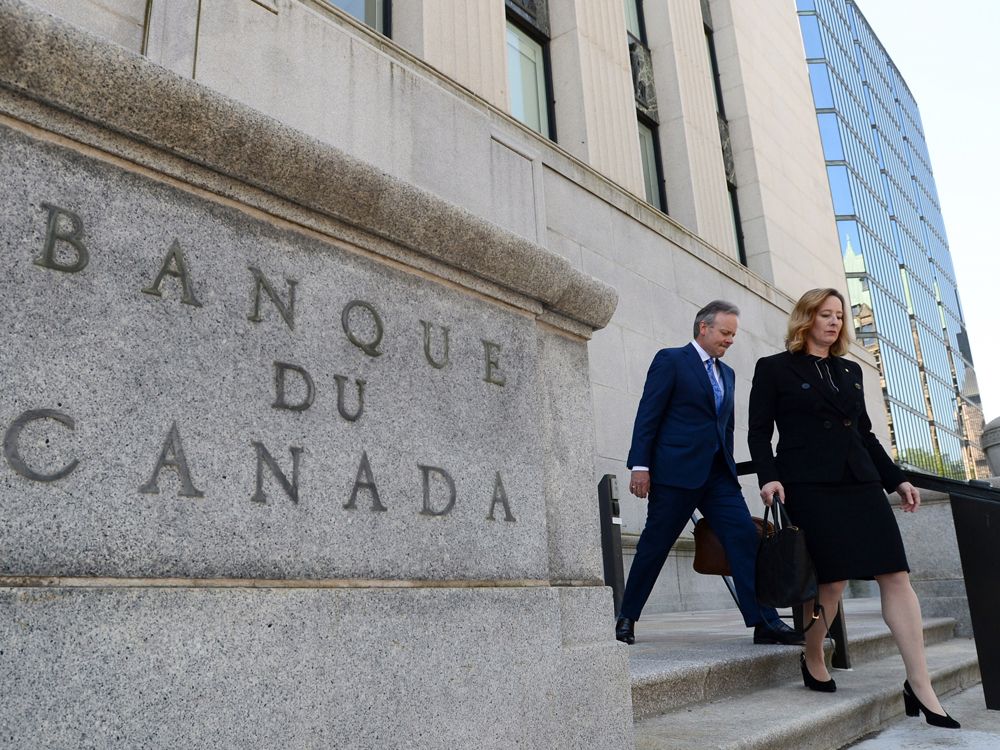
The Bank of Canada has made its April 2019 interest rate decision, coming to the conclusion that interest rates should remain at the current rate of 1.75%. This is not a surprise. Most economists expected the rate to be held, given current levels of economic activity — but that doesn’t mean that these rates are going to be held indefinitely. Rather, economic uncertainty and a market in flux are the driving factors behind the current status quo.
The Bank of Canada Governor, Stephen Peloz, cited a number of different factors behind the decision to hold the current rate. Some of these factors being generally slower global activity, trade uncertainty surrounding NAFTA, and the tariffs coming from the United States. Though we’ve made some progress on the NAFTA front, that hasn’t been ratified yet. Until then, there will still be uncertainty in the marketplace.
In terms of China-US relations, we are getting close to seeing a resolution — that’s been significant, the world’s two largest economies fighting and enacting tariffs on each other. It appears that the two sides are close to an agreement, which we could see sometime in the next month. Of course, a lot of other measures being taken by the US are impacting growth, which are all reasons for the bank to keep rates at current levels.
Another thing mentioned by the Bank of Canada is that the Canadian housing market has slowed down. It’s a tale of different markets, and this doesn’t apply to us in Hamilton. Hamilton continues to lead the country with some of the highest price gains in Canada.
Sales are up slightly and prices are up quite significantly, and depending on where you are looking in Hamilton, some neighborhoods are seeing close to double digit price growth. So again, the national story doesn’t necessarily mean that we are seeing or facing anything negative here.
The Bank of Canada is looking at things on a national basis. Communities like Calgary and Edmonton have softtened, we’re talking a couple percent. Vancouver is definitely bearing the brunt of the responsibility, and the Bank of Canada has to keep that into consideration.
From an economic perspective, things have slowed in the last four to six months, but they expect that the Canadian and global economy will pick up in the second half of the year. They still believe rates at the current 1.75% is stimulative: they’re still too low based on the level of economic activity that we are currently seeing. Rates are among the lowest we’ve seen in history, even at the current levels. They do believe that rates will need to come up to 2.5% to 3.5%… eventually.
We will find out if that is an accurate analysis as we move forward. Many economists predicted that rates will probably not go back to their pre-2008 recession levels, for the foreseeable future, if not for potentially a decade or decades. We may be in a low interest rate environment permanently after experiencing the devastation from the 2008 recession.
Coming back to reality for a second, the truth is that we don’t really know. The Bank of Canada has some very intelligent people working there and analyzing these things, and they believe we’re going to see rates going back up: it’s just a matter of time. Eventually, we will get rates back to that 2.5 to 3.5% level, which is still historically low.
For home buyers and sellers, that means rates are currently on hold. It’s a good time to sell because rates remain low for buyers. For buyers, you’ve got a little extra time before rates go up: take advantage of the lower rates. As a buyer or seller you want to eliminate national or regional data from your analysis of the housing market. You need to look at things from a local perspective. We are in a very different scenario in Hamilton than most of the country.
So, forget what you’re hearing about Canada: you need to think about Hamilton. We know the story of Hamilton. We know the fundamentals have never been this strong. It’s only going to accelerate. With that, we’re going to see higher home values, stronger demand, and higher population growth. Our market has and will continue moving forward.
All the Bank of Canada may need to see is a few months of solid data and they may continue increasing rates. So don’t sit on your laurels and don’t believe this is something that may last a long time because it may not. Just as quick as rates have been put on hold, they can go up.



